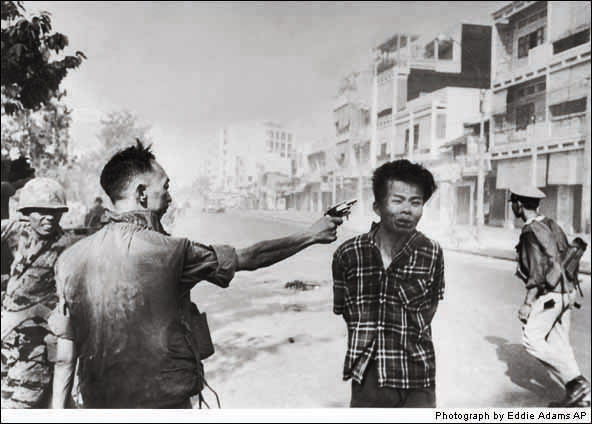First when you shoot stills you move around the subject looking for different angles, however with video you find a spot and let the action move and capture it.
The reason for the differences is with the still image you only need to capture a brief second whereas with the video you are capturing a timeline. You may start wide and zoom in during this time or just stay still and let the action move through the frame.
In the same amount of time given to a still shooter and a video shooter the still shooter will end up with more variety of shots.
Second difference is that with video you are capturing sound as well as the visuals. In general you are not capturing sound with stills. Many still photographers may choose to gather audio as a separate piece to later combine with the still images for a slide show, but you are not capturing this simultaneously as you are doing with video.
Due to the necessity of good sound for video you will spend a lot of time being sure you have the right microphones and levels set so you are capturing the best quality sound.
While I can go on about more differences, these are the ones that really have me thinking about how I work the most often.
The Package
What drives all my decisions on what I am doing and using is telling a story. In corporate work I do a good number of what I call best practices packages. This is where we are showing someone in the company that is doing an outstanding job that we would like others copy.
There are typically three things I am getting for content to help tell the story.
- Why are you doing this? I usually ask the person who started the new thing to explain why they are doing this.
- What are you doing? While the person who started it can talk about it I try and get someone else to address what they are doing if possible. This helps mix up the packages and keep it moving.
- What is the response? This often is a customer who talks about how grateful they are for the product or service.
What I have learned from the audience that watches these packages.
- They often stop the video to study something. They may see a flyer and want to copy everything down so they can use something similar.
- They want to know what they need to make it work for them.
- They want to know if the people doing it would do it again and if they would make any changes.
The unspoken thing I have discovered is that the emotional excitement is what can trigger the best response. I get better emotional response when I use emotional moments as still images and not video. Video unlike text doesn’t have the ability for the viewer to pause.
Many wonderful moments that are captured in video go by so fast it is like having a sentence with no punctuation. You have no time to absorb what you are watching.
Still images capture emotion
A still image of an emotional moment allows the audience to have a comma, semicolon, colon or even a period to the package. These punctuations are used in writing to let the reader know when to pause or even stop. These pauses help you with comprehension and most importantly absorb the thought.
Video goes so fast that unless you pause or use slow motion you miss some of the most powerful emotional moments.
Still images typically are remembered better than any video. The famous photo from the Vietnam war was also shot on movie film, but it is the still image that is remembered even more.
http://stanleylearystoryteller.com/daddydaughter/_files/iframe.html



